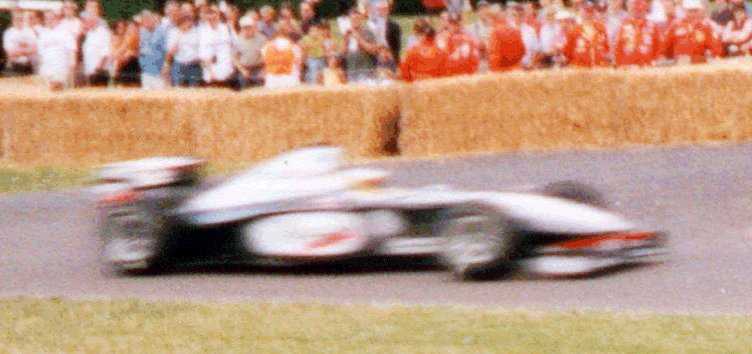
- 1998 - McLaren-Mercedes MP4/13, 3 litre
The Goodwood Festival of Speed is a fascinating historical celebration of motor sport from the Victorian and Edwardian era to the present day. It was first held in 1993 in the grounds of Goodwood House, West Sussex, England and there is a 1.16 mile hillclimb course. The course record is held by Nick Heidfeld driving a McLaren-Mercedes MP4/13, 3 litre, in a time of 41.6 seconds.

There are two paddocks - Brooklands and Main, and together with the Cartier Style et Luxe and the main feature in front of Goodwood House, these areas are accessible to everyone. There are no barriers. The emphasis is on a friendly atmosphere, thus allowing the motor racing "connoisseur" to mix with the drivers - their heroes, motor racing celebrities and more importantly the cars.
The 2001 Goodwood Festival of Speed will be held on 6th, 7th and 8th July.
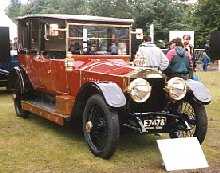 |
 |
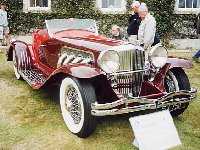 |
|---|---|---|
|
|
|
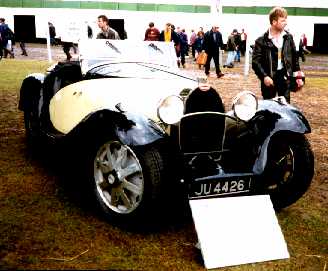 |
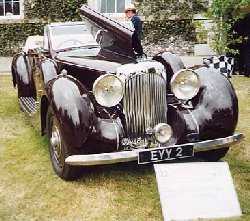 |
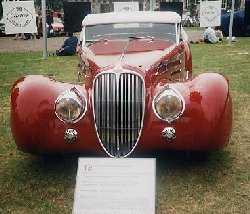 |
|---|---|---|
|
|
|
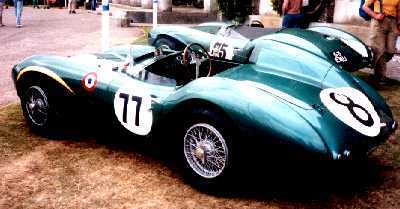 |
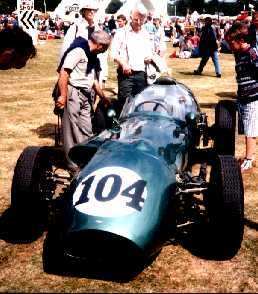 |
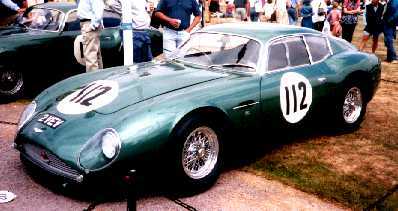 |
|---|---|---|
|
|
|
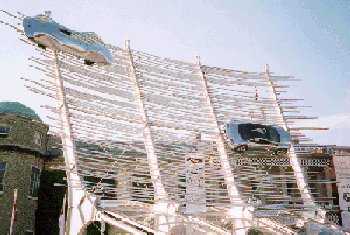 |
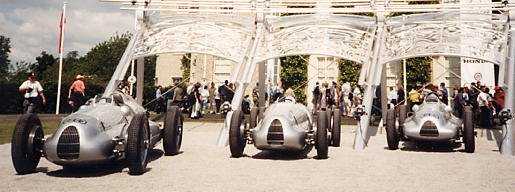 |
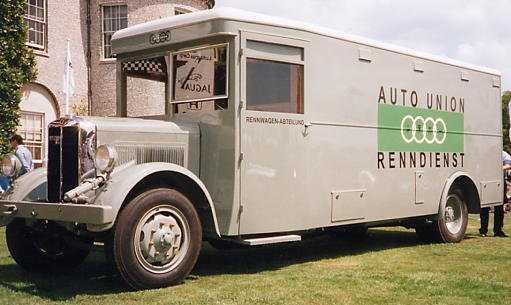 |
|---|---|---|
|
|
|
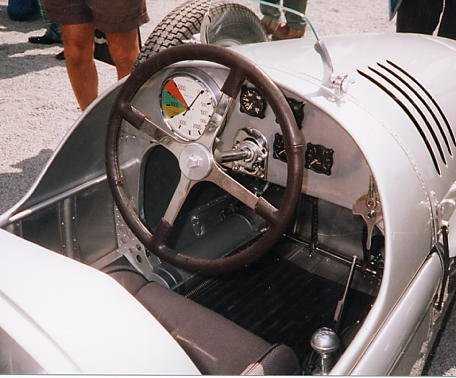 |
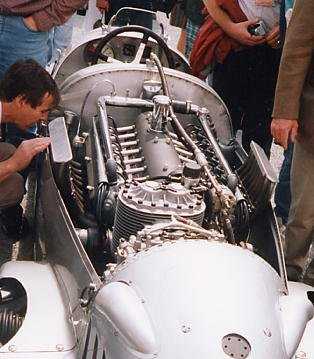 |
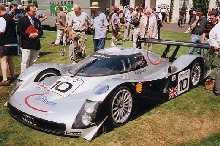 |
|---|---|---|
|
|
|
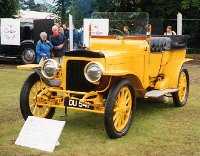 |
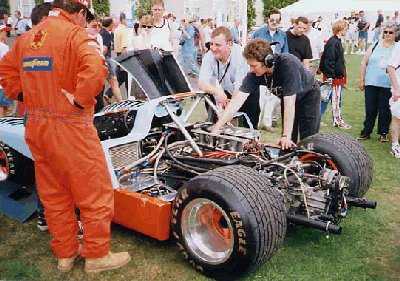 |
|---|---|
|
|
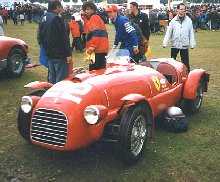 |
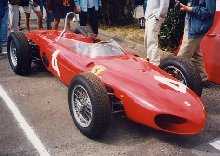 |
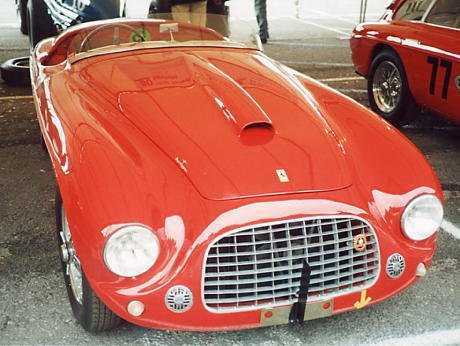 |
|---|---|---|
|
|
|
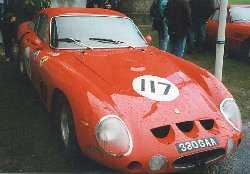 |
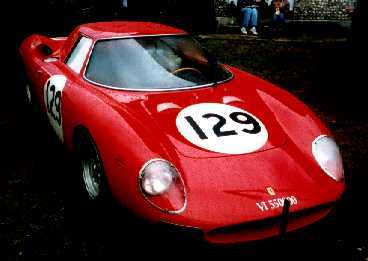 |
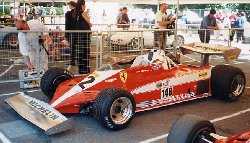 |
|---|---|---|
|
|
|
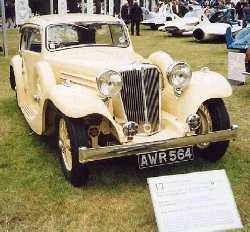 |
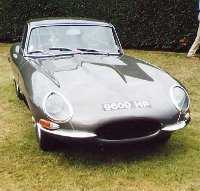 |
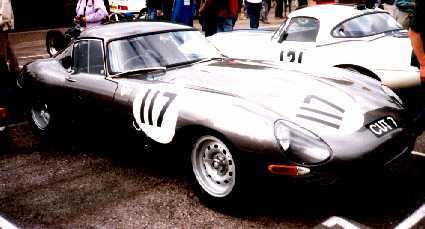 |
|---|---|---|
|
|
|
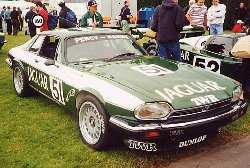 |
 |
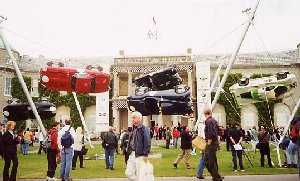 |
|---|---|---|
|
|
|
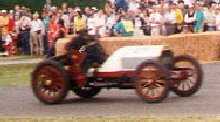 |
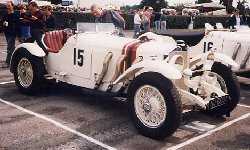 |
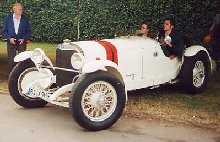 |
|---|---|---|
|
|
|
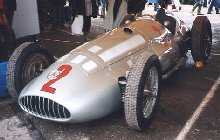 |
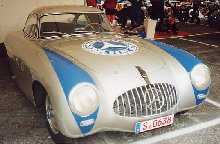 |
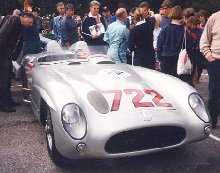 |
|---|---|---|
|
|
|
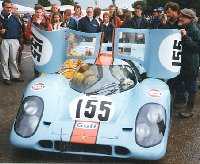 |
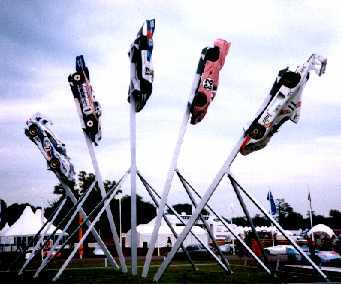 |
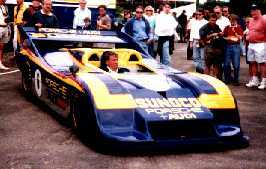 |
|---|---|---|
|
|
|
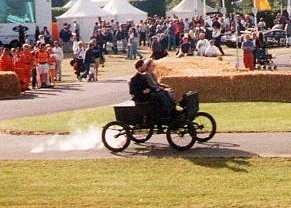 |
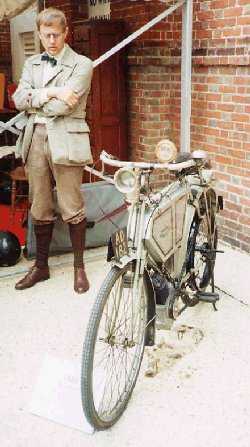 |
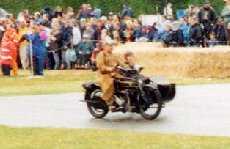 |
|---|---|---|
|
|
|
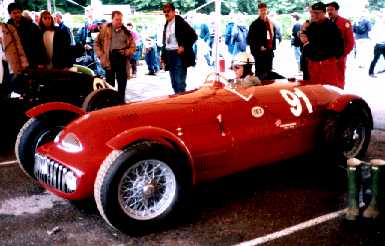 |
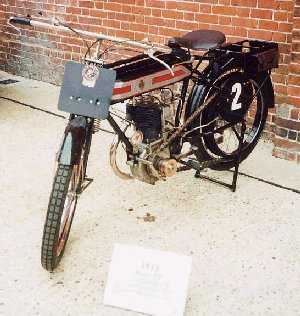 |
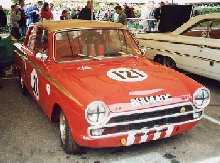 |
|---|---|---|
|
|
|
 |
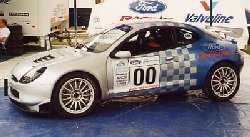 |
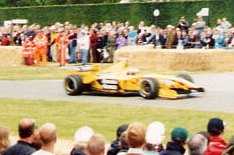 |
|---|---|---|
|
|
|
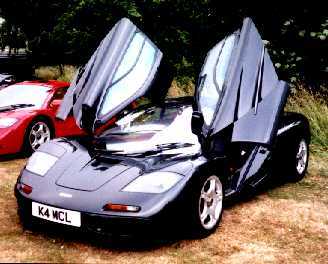 |
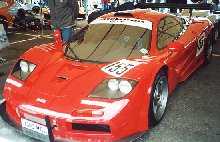 |
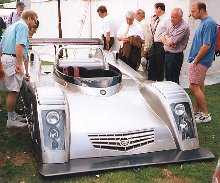 |
|---|---|---|
|
|
|
"Goodwood" - the name which is synonymous with the wealth of British Motor Racing; the cars, the drivers, the people.
The Goodwood Motor Circuit was originally the perimeter road of RAF Westhampnett [which was later renamed Goodwood] and it's length is 2.42 miles.
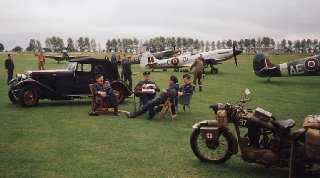
The Duke of Richmond & Gordon ~ Freddie March ~ officially opened the Circuit on 18th September, 1948 followed by the Opening Meeting - the "First Goodwood Motor Race Meeting". The programme consisted of races for open and closed sports cars [from 500 cc up to 3000 cc] and Formula 1. The races were short but not short of excitement. Local landmarks gave their names to the races, straights and corners with the exception of the introduction of the Chicane in 1952 - "Paddock Bend", a name which is never referred to. Over the years, motor racing had progressed to such an extent that motor racing supporters came in their thousands. The worlds greatest drivers raced at Goodwood.
Due to the way in which the world of motor racing was progressing, at rather a fast pace, Freddie March decided to close the Circuit in 1966.
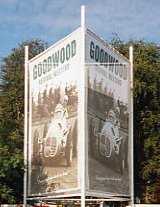
After numerous years of perseverance, the dream of the Duke's grandson, the Earl of March, came alive when fifty years later to the day, the Goodwood Motor Circuit Revival Meeting was held on Friday, 18th September, 1998. The Earl of March officially opened the Circuit driving a Bristol 400, exactly as his grandfather had done fifty years earlier.
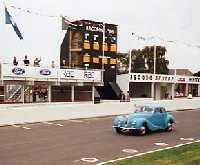 |
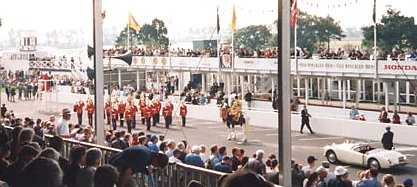 |
|---|
Friday was an extremely powerful day, full of mixed emotions. For many, an emotional trip down memory lane of a bygone era. For others, a feeling of intrigue and quiet excitement.
The circuit had not been altered and the buildings were exactly the same. Attention to detail was meticulous and accurate.
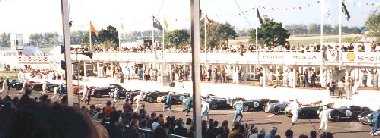 |
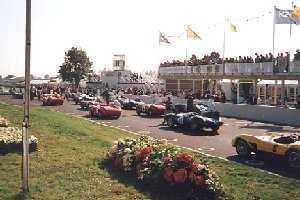 |
|---|
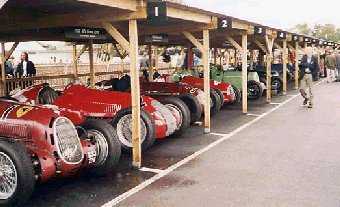 |
 |
|---|
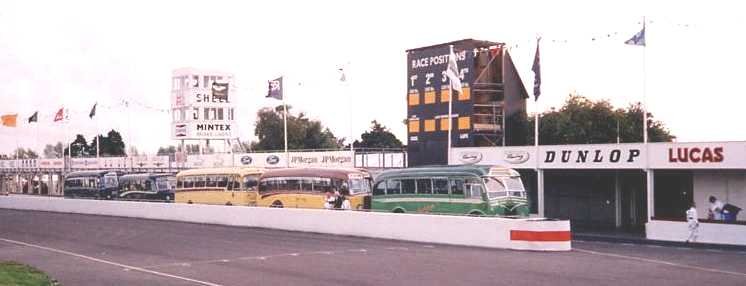
To see the same motor cars and motor cycles that raced all those years ago brought back many a special memory to so many individuals. To see familar faces was an important reminder of great racing battles. The drivers, engineers and marshalls all wearing 1950's designed overalls. To see many of the tens of thousands of fans enter into the spirit by wearing period dress of the 'fashionable fifties'. The camaraderie was present.
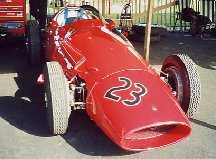 |
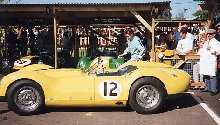 |
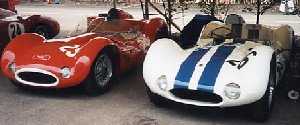 |
|---|
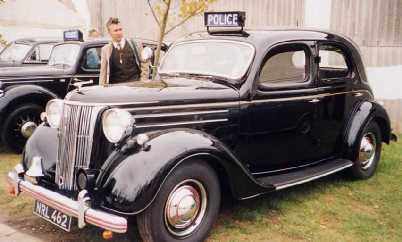 |
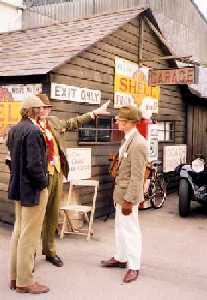 |
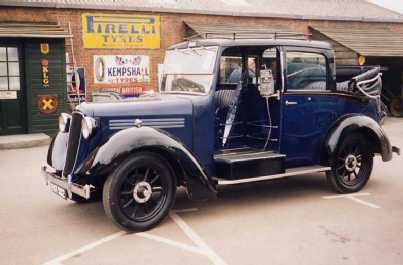 |
|---|
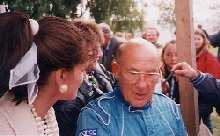 |
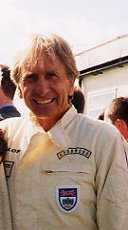 |
|
|---|---|---|
|
|
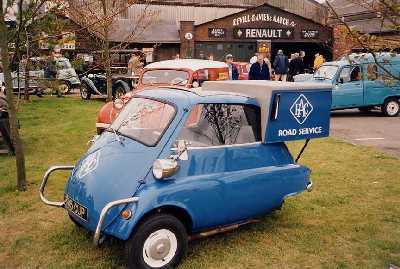 |
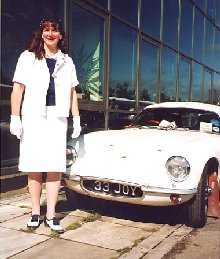 |
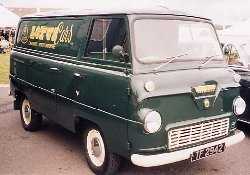 |
|---|
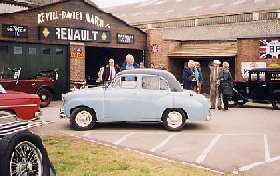 |
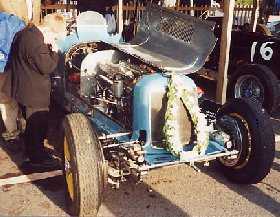 |
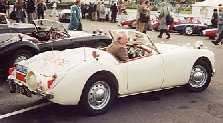 |
|---|
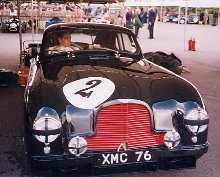 |
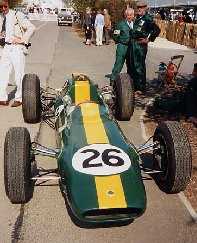 |
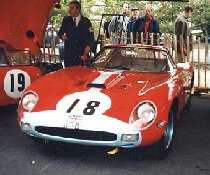 |
|---|
The racing programme had been replicated. The racing was spectacular and thrilling, friendly but serious, appreciated by cheerful applause. The will to win had not faded. The roar of the engines, to watch the racing skills, the overall ambience, the adrenalin was flowing.
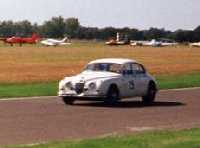 |
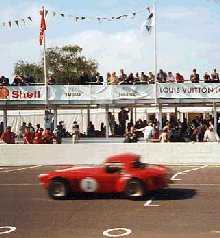 |
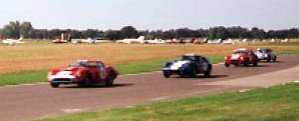 |
|---|
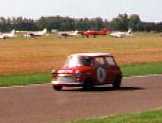 |
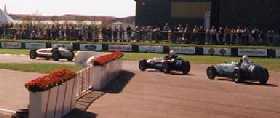 |
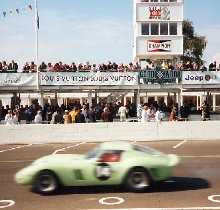 |
|---|
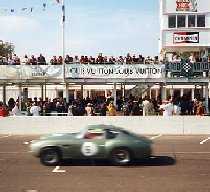 |
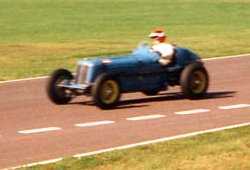 |
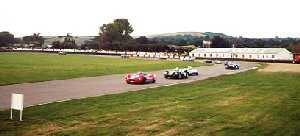 |
|---|
 |
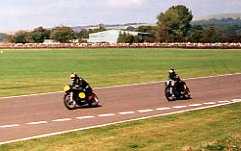 |
|
|---|---|---|
|
Quite simply, this renowned atmosphere has been recaptured. The glory days have been recreated. A wonderful opportunity for the younger generation to experience a unique period in motor racing history.
The 2001 Goodwood Motor Circuit Revival Meeting will be held on 14th, 15th and 16th September.
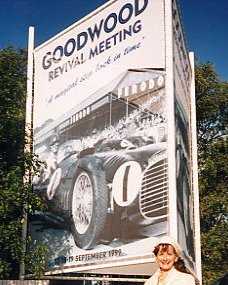
How it all began ........
The first records began as early as the 19th Century and were recorded by The Automobile Club de France [ACF] which was founded in Paris on 13th November, 1895. On 18th December, 1898 at Achères, France, Comte Gaston de Chasselroup-Laubat recorded the first officially timed flying kilometre driving a Jeantaud Electric Car at a speed of 39.24 mph. The following months saw a great dual between a Belgian, Camille Jenatzy, and the Frenchman, who consistently were outdoing the other, culminating with the Frenchman achieving 57.60 mph. Jenatzy was determined to prove otherwise and so created the first car specifically built to break land speed records called La Jamais Contente. On 29th April, 1899, he attained the remarkable speed of 65.79 mph in a torpedo-shaped vehicle with two small electric motors mounted on the rear axle.
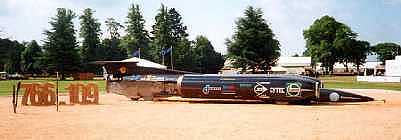
In the meantime, petrol-driven racing cars could not match the speed of steam and it was on 5th August, 1902, that William K. Vanderbilt Jr, driving a Paris built Mors, broke Serpollet's record at a speed of 76.08 mph. Records had changed hands on numerous occasions but it was not until 1909 at Brooklands when Victor Hémery, broke Marriott's record driving a Blitzen Benz at 125.947 mph per 1 kilometre and 115.923 mph for the complete mile. However, it should be noted that the driving was in one direction only.
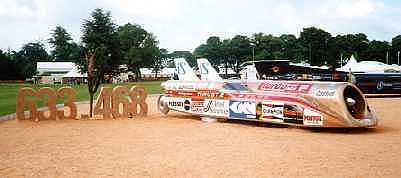
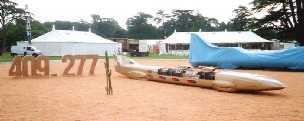
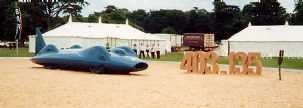
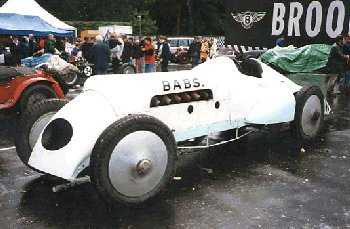
This history should be highly respected.
A selection of some of the Land Speed Record Holders are detailed below:
| 22.4.28 | Ray Keech | White Triplex | 207.552 mph | Daytona Beach, Florida, U.S.A. |
| 11.3.29 | Henry Segrave | Golden Arrow | 231.552 mph | Daytona |
| 3.9.35 | Malcolm Campbell | Bluebird | 301.129 mph | Bonneville Salt Flats, Utah, U.S.A. |
| 19.11.37 | George Eyston | Thunderbolt | 312.00 mph | Bonneville |
| 23.8.39 | John Cobb | Railton Special | 369.70 mph | Bonneville |
| 16.9.47 | John Cobb | Railton Special | 394.20 mph | Bonneville |
| 17.7.64 | Donald Campbell | Bluebird | 403.10 mph | Lake Eyre, Australia |
| 2.10.64 | Tom Green | Wingfoot Express | 413.20 mph | Bonneville |
| 15.10.64 | Craig Breedlove | Spirit of America | 526.28 mph | Bonneville |
| 7.11.65 | Art Arfons | Green Monster | 576.55 mph | Bonneville |
| 13.11.65 | Bob Summers | Goldenrod | 409.277 mph | Bonneville |
| 15.11.65 | Craig Breedlove | Spirit of America-Sonic1 | 600.601 mph | Bonneville |
| 23.10.70 | Gary Gabelich | The Blue Flame | 622.407 mph | Bonneville |
| 4.10.83 | Richard Noble | Thrust 2 | 633.468 mph | Black Rock Desert, Nevada, U.S.A. |
| 15.10.97 | Andy Green | Thrust SSC | 763.035 mph* | Black Rock |
* Breaking the sound barrier to establish the first ever supersonic land speed record
Copyright © 2000 Newmans Cars